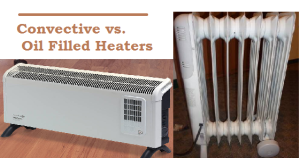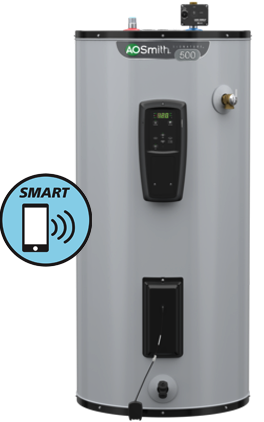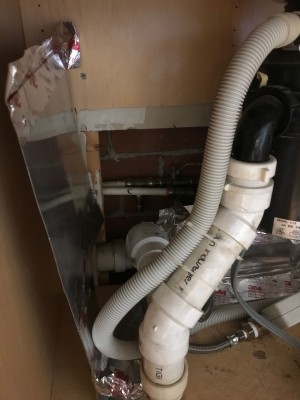Which Portable Heater Is Best: 5 Kinds Of Heaters That Offer An Array Of Features and Warmth
Every single portable electric heater utilizes the general domestic peak rate tariff (not in cases where the home is linked to an off-peak tariff. The present cost is about 15 cents/kWh. Basically, for every 1,000 watts a person uses (or 1kW of electricity) each hour, they pay 15 cents. When ran on the maximum setting, a 1,000-watt radiator uses the same electricity amount as a 1,000-oil filled column heater or 1,000-watt fan heater.
However, it’s the differences that make a difference in these portable electric heaters. Such differences include:
– Kind of heat being delivered
– Additional features – heat settings, thermostats, etc.
It’s important to understand that portable electric heating can become costly if used for extended periods of time. However, for short time periods, it can be extremely economical and can heat small rooms.
How You Can Stay Warm: 5 Commonly Seen and Used Portable Electric Heaters
Bar Radiators and Strip Heaters
1 – These heaters quickly generate intense, radiant heat. This is especially useful for spot or localized heating for a short time frame. For example: someone working at a desk.
2 – They are good for warming bathrooms. They don’t generate warm air and any air is lost when the exhaust fan is turned on.
3 – These heaters are not equipped with thermostats, which mean they can be costly to use for extended periods of time. It’s recommended they are turned off when people leave the room.
4 – The reflectors should be kept shiny and clean for the best performance.
5 – They don’t dry the air out as badly.
Electric Radiant Panel Heaters
1 – These kinds of heaters can be either flat panels or portable and can give localized heating.
2 – Reduced wattage than the majority of electric portable heaters.
3 – They give diffuse warmth instead of intense heat, using tinier quantities of electricity than the strip radiators.
4 – They’re suitable for long-term localized heating needs – bedrooms, studies, offices, etc.
Fan Convectors
1 – Use in conjunction with a fan to immediately blow the warm air around.
2 – Purchase a large, upright model instead of a small, flat one. Larger, upright models can circulate large volumes of warm air, which heats the room up quicker. This means the thermostat will cut in often, decreasing how much your electric bill is and give you better comfort.
3 – Thermostats are found on most models.
4 – They are not good to use in bathrooms since the air is lost when the exhaust fan is used.
5 – The oscillation and tilt adjustment features can warm the room quicker and more evenly.
6 – It should be run on the highest fan setting to get most efficiency possible.
 Natural Convectors
Natural Convectors
1 – These fans are similar to fan convectors; however, they don’t have a fan to help circulate the air. Rather, air will naturally rise when used. Thus, they should not be used in rooms that have high ceilings or bathrooms.
2 – They can run quietly in the background but take a longer time to get a room warm.
Oil-Filled Column Heaters
1 – These kinds of heaters have oil-immersed electric elements that heat the outer casing. They generate natural convective heat and emit some radiant heat.
2 – They can operate quietly in the background, which is perfect for the bedroom.
3 – They slowly heat rooms up and are not good for rooms that need immediate heat.
4 – Be sure to find heaters with a plug-in or built-in timer.
5 – Find heaters with a thermostat to control the heat output.
6 – Column heaters will continue to send out heat even after they’ve shut off.
7 – Use the fan feature to distribute the heat quicker in the room.
8 – They’re ideal for large rooms, high-ceiling rooms and rooms that have little to no insulation. To get the most of its radiant heat, they should be placed near people. These heaters are safer to use than radiators because the surfaces don’t get extremely hot.



